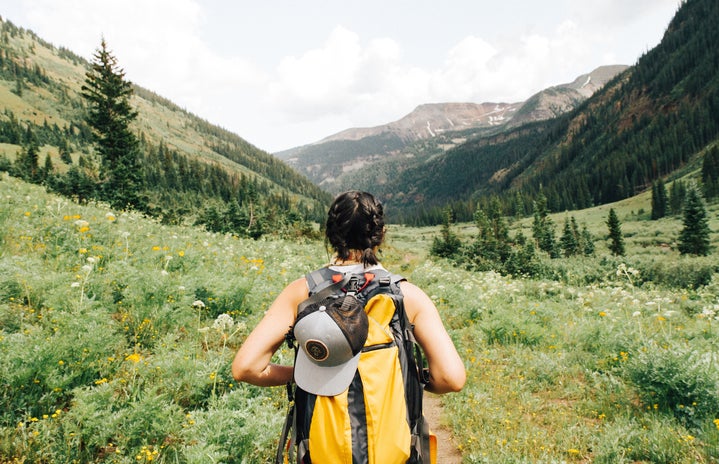As a CU Boulder student, it’s hard not to be aware of the reputation that Boulder has for being a hippie city. Tell anybody over the age of fifty that you go to school here, and they’ll laugh and most likely make some sort of “peace and love” joke that you politely laugh at because they’re trying, and that’s sweet.
These stereotypes don’t come from nowhere though. Why is it that Boulder is synonymous with reusable shopping bags, any outdoor sport you can possibly think of, and vegan options on every menu?
Many of these Boulder stereotypes have one common factor– sustainable and environmentally conscious actions.
In 2016, the White House designated Boulder a Climate Action Champion for “outstanding leadership in climate resilience actions and greenhouse gas emissions reductions.” The focus on sustainability may seem like a very common thing to residents of this beautiful city, but we live in a time when the brutal effects of climate change are becoming more apparent every day. While many cities, businesses, and individuals are slowly but surely taking action, Boulder has been an advocate for these issues for far longer than most U.S. cities, and this didn’t happen by accident.
The story of Boulder’s green efforts began being documented in 1910, when plans were proposed to build an amusement park on top of Flagstaff Mountain. This didn’t bode well with the residents of Boulder at the time, who immediately began expressing their concerns and anger with these plans .One of them was Frederick Law Olmsted, Jr., city planner and wildlife activist, who wrote a report stating, “The scenery of Flagstaff Mountain is too noble, too magnificent, too precious, to be wasted [on]… roller coasters…”
Could you imagine going for a hike up Chautauqua and accidentally walking into the line for Space Mountain? Thankfully, the residents of Boulder got the plans revoked. This event sparked a push for long-term plans to protect the foothills surrounding Boulder, but conserving the city was going to prove challenging.
City planners got bored of the Flatirons again (makes sense, they’re quite the eyesore right?) and proposed hotel plans in 1959 for the space, along with plans to extend water distribution sources into the surrounding mountains. This was the breaking point for residents, and they were finally able to get one of the first big pieces of environmental legislature in Boulder passed: The Blue Line. With this new law, a ‘line’ was drawn up in the Flatirons that designated a certain point at which the City of Boulder was not allowed to source further for water.
With the success of the Blue Line, and the fear that more developers would come into Boulder and build a SeaWorld, Boulder became the first city in the U.S. to tax itself for money to use on purchasing, preserving and maintaining its open spaces. Thanks to the tax money, Boulder now owns 54,000 acres of open space in the city.
After the Blue Line came the Danish plan in 1976, where the city limited population growth to 2%. The plan’s been changed a bit recently and reduced to 1%, but this concerned more than environmental issues too. The new plan focused on maintaining enough affordable housing, and they made sure to grant building permits to various affordability ranges.
As the city entered the late twentieth and early twenty-first centuries, there came a huge surge in sustainable actions. The public transportation system was refined and RTD passes introduced, the building height restriction was put in place so skyscrapers can’t block that view on Highway 36 as you come into the city (yeah, you know the view), compost bins were put on Pearl Street, and smoking was banned in all restaurants and bars. Considering the efforts of CU Boulder too, I could sit here for a long time and list sustainable actions taken in Boulder, and hopefully it keeps getting better from here.
This city has some fascinating history with environmentalism, and seeing how the people of Boulder pushed for legislation to preserve their beautiful home is so inspiring.
All this to say: if you’re heading to class tomorrow, take a little look up at the Flatirons, smile, and thank those hippies in 1910 for working to keep that view unchanged.


